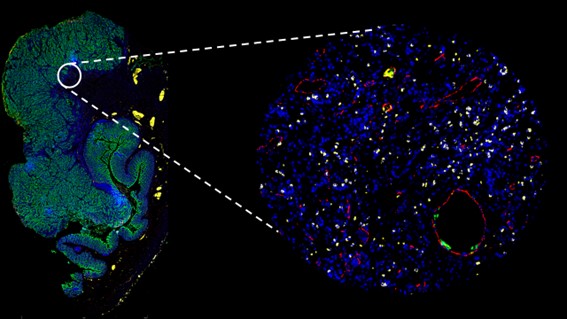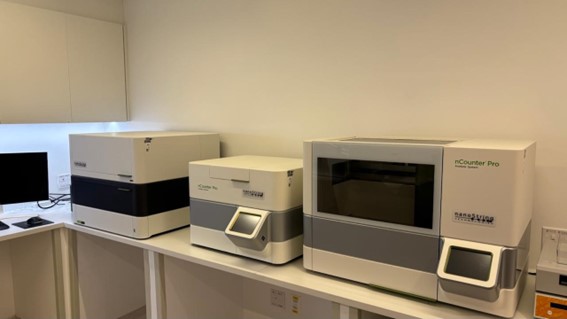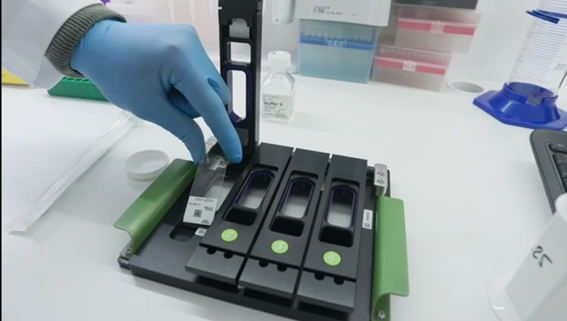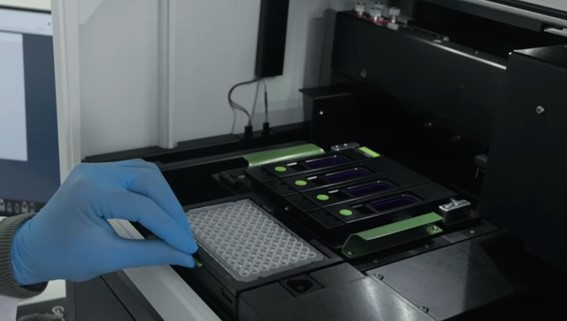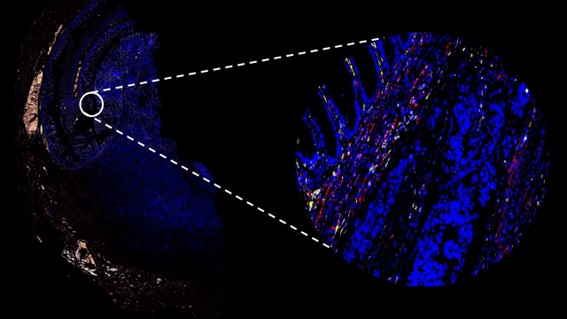In recent decades, science has advanced extraordinarily with the development of technologies capable of studying our genes and how they are expressed in cells. Genomics allows us to identify an individual’s set of genes, while transcriptomics analyzes RNAs—meaning, which genes are “active” at a given moment in a cell.
More recently, an even more powerful innovation has emerged: spatial transcriptomics, also called spatial biology. This technology makes it possible to analyze gene activity while preserving the exact location of each cell in the tissue, revealing a kind of “molecular map” that integrates tissue morphology with genetic activity.

